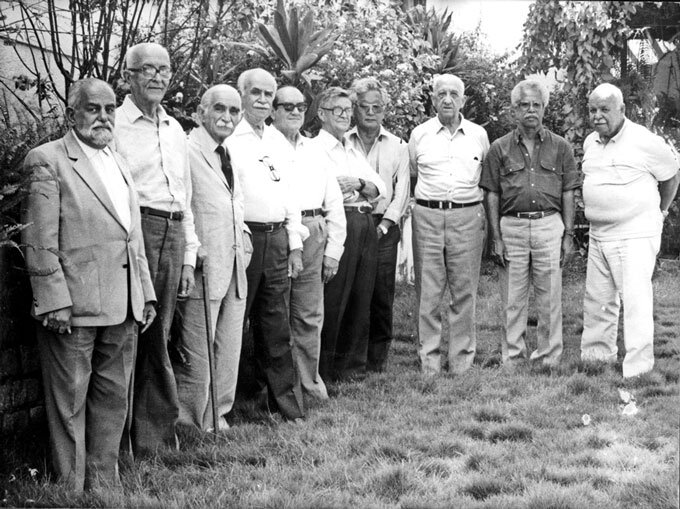Translated by TIRA TEXT UK
It was four in the morning. With her father apprehensive and her mother in tears, she waited at the door of her house in Rio de Janeiro for the jeep that would begin her journey to the front in Europe. Virginia Maria de Niemeyer Portocarrero (1917-) was 27 years old and had volunteered to be one of 67 young nurses who joined the Brazilian Expeditionary Force (FEB) in World War II (1939-1945).
As the daughter and a niece of generals, Virgínia had grown up in a military family, some of whom had fought in the Paraguayan War. Her recruitment as a member of FEB was due to the policy of mobilization in Getúlio Vargas’ Estado Novo, which viewed nursing as a duty of public health driven by the State and modelled on practices in the UK and USA.
Like primary teaching, nursing was a “suitable” profession for women of that generation.For young women, to volunteer was a unique opportunity to serve the country in an hour of need, especially after the sinking of Brazilian merchant ships by German U boats in 1942, causing hundreds of deaths. Hitler’s act of war had inflamed the population, who demanded a harsh response from Brazil to Nazi aggression. A woman’s entry into the FEB also signalled a symbolic gain in a society that was still extremely sexist.
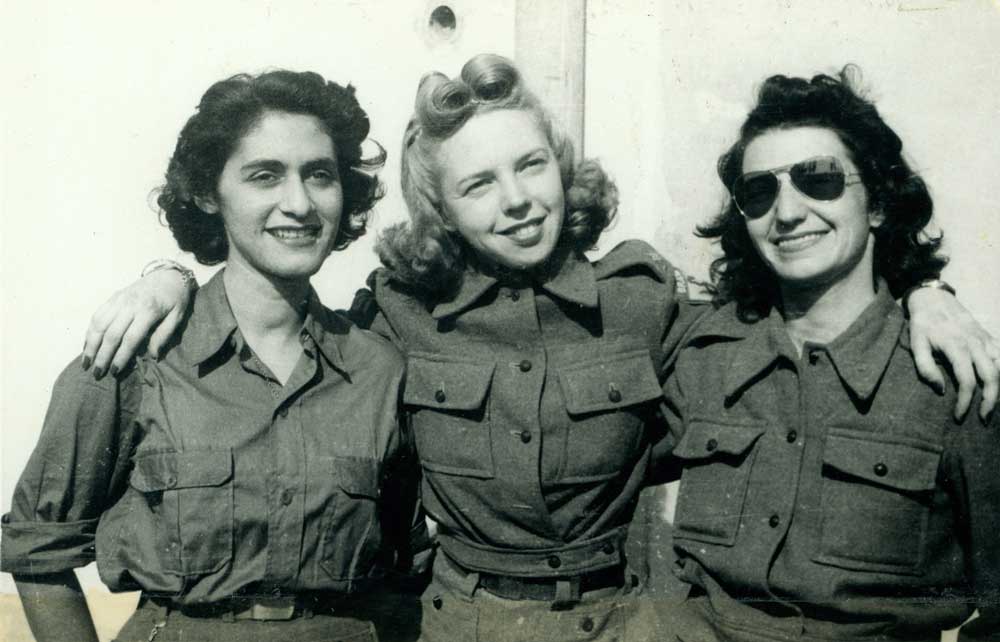
“In 1943, the 1st Infantry Division was created, as part of the Brazilian Expeditionary Force, comprising artillery, engineering and health units. In addition, there were civil mobilization initiatives for the war, among which was the call for a volunteer nursing service, based on a patriotic appeal by President Getúlio Vargas”, explains Larissa Velasquez de Souza in an article on Virginia’s entry into a military career.
Brazilian nurses at war
The 67 young nurses who joined the Brazilian troops of the FEB plus six to the Brazilian Air Force (FAB) on their way to Italy served in four different US army field hospitals set up in Naples, Valdibura, Pisa, Pistoia and Livorno. There were 73 recent graduates of Rio nursing schools (Anna Nery, Alfredo Pinto (UniRio), Brazilian Red Cross) and from University of São Paulo School of Nursing. They became the first women to enter active service in the history of the armed forces in the country.
The entry requirements were not that simple. To enrol, the young candidate had to be Brazilian, single or widowed, without children, and between the ages of 20 and 40. It was necessary to have obtained a Samaritan nursing diploma or certificate, to be a first aid volunteer or to hold a statement from a health establishment attesting to competence in the role of nurse.
“In time, separated, single and widowed women were admitted. Married women were only accepted with permission from their husband”, explains historian Roney Cytrynowicz in the article, “In the service of the motherland: the mobilization of nurses in Brazil during the Second World War”.
Young ‘Febian’
Among the 67 nurses recruited into FEB was Virgínia Portocarrero, born on October 23, 1917, in Rio. Qualifying in Science and Letters at the College Pedro II, she later studied Improvement and Decorative Art at the National Polytechnic of Engineering. With a military father constantly on the move, she began a Samaritan Nursing Course at the Red Cross of Belém do Pará, later completing it in Rio.
In an interview given to researchers Anna Beatriz Almeida, Laurinda Maciel and Margarida Bernardes, in 2008 at the Casa de Oswaldo Cruz, Virgínia recounts that it was an article published in the newspaper O Globo, in June 1943 that prompted her to volunteer. Without telling her parents, she saw she met the entry requirements and applied.
“I dreamed of being a soldier, you know? I wanted to be a military man but there was no Military College for girls, only for men. So I went to Pedro II, right? But deep down I wanted to be a soldier…”.
Accepted and now with parental approval she was enrolled on the Army Reserve Nurses Emergency Course (CEERE). In June 1944, after completing the programme, she was called up to the FEB’s First Echelon. The following month she went to Naples, as a member of the 2nd Group, reporting to Colonel Emmanuel Marques Porto, physician and director of the FEB Health Medical Service.
“When the day came at 4am, we were there, me, mum, dad, at the front door. I was taken to headquarters and stayed there until three in the afternoon. Then I came back, Mum was happy and cried, ‘You don’t have to go anymore, don’t go anymore!’ Two days later, the same thing. ‘Give us a kiss, see you later!’ And this time, I didn’t come back. I boarded for the Parnamirim Air Base, in Natal, not knowing where I would go afterwards”.
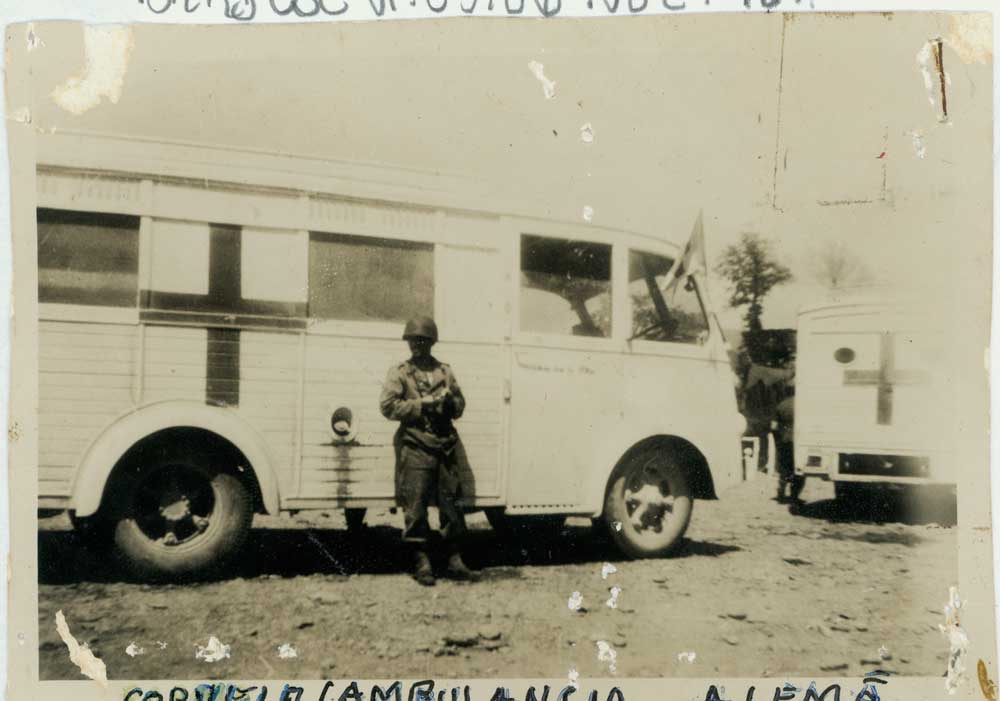
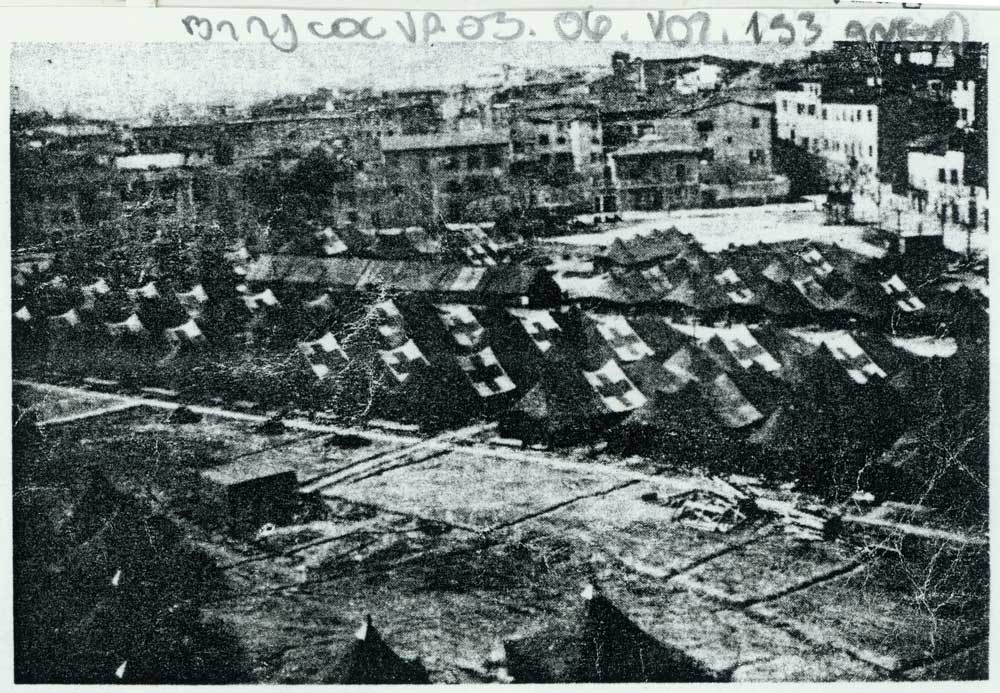
After nearly a year of volunteering during the war, Virginia returned to Brazil on July 7, 1945, taking up the position of designer at the Instituto Nacional do Mate, linked to the then Ministry of Labour, Industry and Commerce. She then worked in a laboratory and clerk in the Federal District’s Department of School Health.
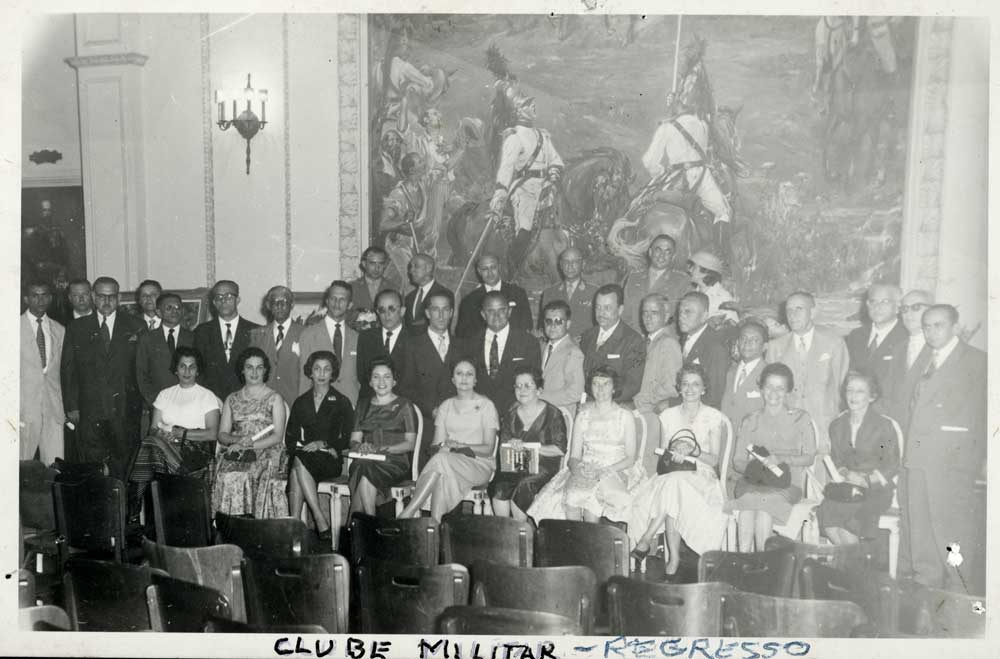
In 1957, “Febian” nurses were incorporated into the Brazilian Army. Virginia then returned to active duty as a 2nd Lieutenant and became a nurse at the Army’s Central Polyclinic. She retired on September 25, 1962 as 1st Lieutenant and was promoted to captain in 1963
Virginia Portocarrero’s experiences in World War II were set down in her war diary – handwritten accounts that she sent to her father, General Tito Portocarrero, carried by FEB soldiers returning to Brazil. The archive still contains letters, hundreds of photographs, newspaper clippings, among other materials. These documents, as well as the extensive interview she gave to researchers at Casa de Oswaldo Cruz (COC/Fiocruz) in 2008, were donated by her to the COC’s Department of Archives and Documentation.
Consultations of the documents of the historical archive can be requested at https://www.gov.br/pt-br/servicos/consultar-arquivos-historicos-da-fiocruz
References
BERNARDES, Margarida Maria Rocha; LOPES, Gertrudes Teixeira. The nurses of the Brazilian expeditionary force on the Italian front. Rev. Esc. sick. USP, São Paulo, v. 41, n. 3, p. 447-453, Sept. 2007 .
CYTRYNOWICZ, Roney. Serving the country: the mobilization of nurses in Brazil during World War II. History science health-Manguinhos, Rio de Janeiro, v. 7, n. 1, p. 73-91, June 2000 .
PORTOCARRERO, Virginia Maria Niemeyer. FIOCROSS. Rio de Janeiro. May 14th. 2008. Interview with Anna Beatriz de Sá Almeida, Laurinda Rosa Maciel and Margarida Maria Rocha Bernardes. Collection of the Casa de Oswaldo Cruz. Background: Virginia Portocarrero.
How to cite this article
D’AVILA, Cristiane. Female force against Nazism: Brazilian nurse Virgínia Portocarrero in World War II (Article). In: Café History. Published on March 1, 2021. Available at: https://www.cafehistoria.com.br/enfermeiras-na-segunda-guerra-virginia-portocarrero/. ISSN: 2674-59.
Translation by Tira Text UK.



